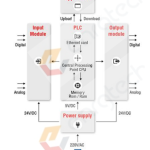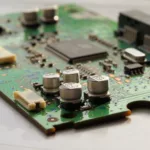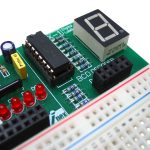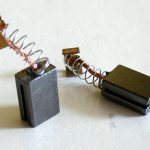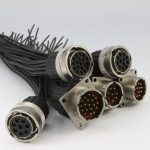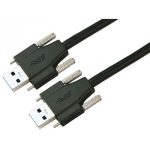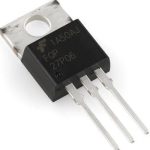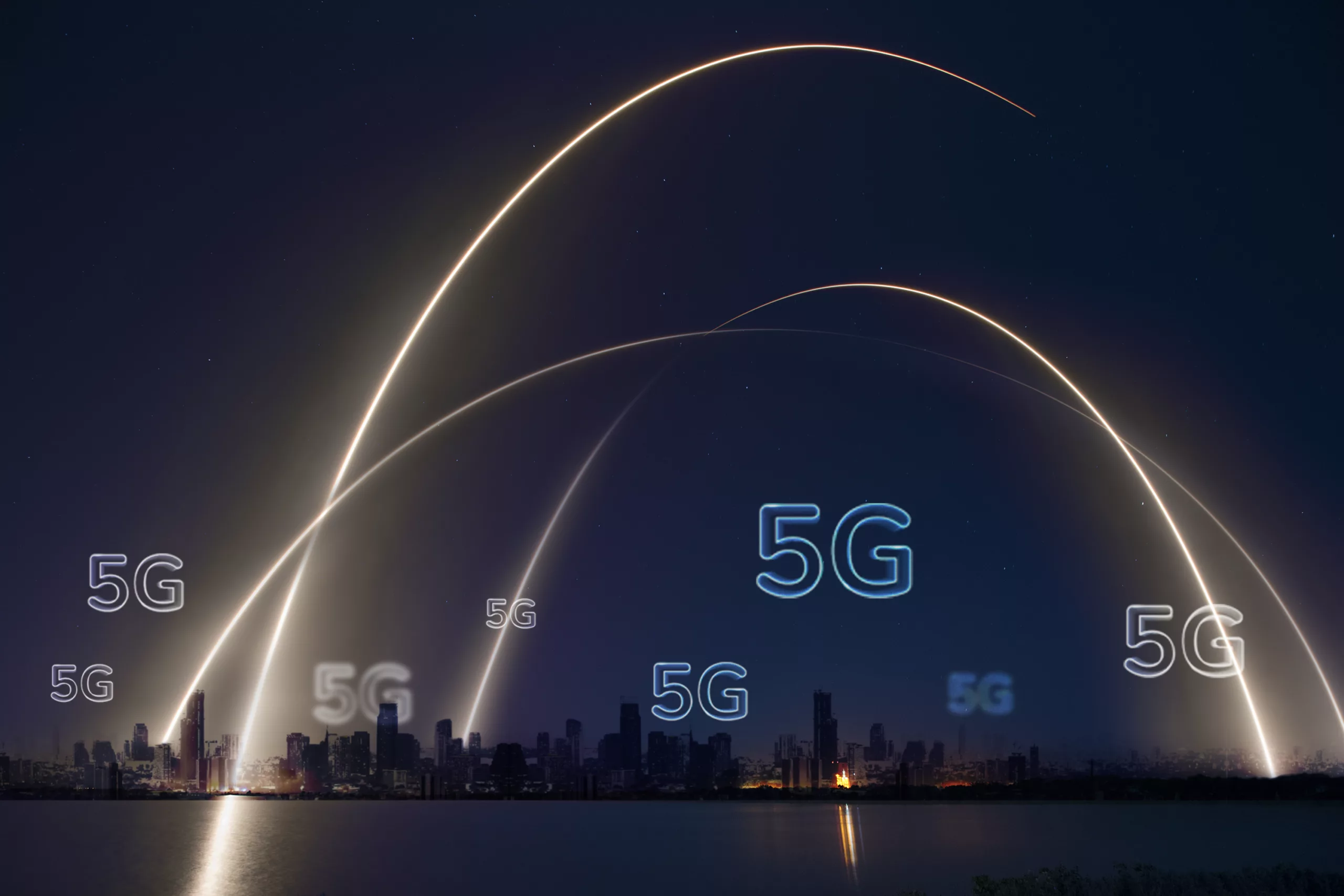
With the advent of 5G technology, the Cellular Internet of Things (IoT) has become one of the most unique concepts. With its high-speed connectivity, reliability, quality service, and low latency, 5G technology offers a promising platform and compelling choice for the deployment of Cellular IoT. The design considerations for cellular IoT in a 5G network are unique, requiring special attention. This article highlights the key design considerations for Cellular IoT in 5G networks.
Cellular IoT in 5G Network: A Brief Introduction and Importance
Cellular IoT is a key application of 5G networks supporting massive machine-to-machine communications with low latency, high reliability, and increased network capacity. This makes 5G ideal for connecting a wide range of IoT devices, including sensors, wearables, smart homes, and industrial equipment. Two leading technologies are used for cellular IoT in 5G networks: Narrowband IoT (NB-IoT) and LTE-M.
5G networks offer various advantages and will also introduce a new technology called “massive machine type communications” (mMTC), enabling even more IoT devices to connect to the network simultaneously. This technology will support many low-power IoT devices with low data rate requirements.
Key Design Considerations for Cellular IoT in 5G Network
Design considerations are essentially critical to ensure these networks can support various devices and IoT-generated data. These considerations include:
- Low Power Consumption
One of the most important design considerations for Cellular IoT in 5G network is low power consumption. IoT devices are often deployed in areas with limited power, where it is not feasible to replace batteries frequently. 5G networks should provide new low-power consumption modes, such as Narrowband IoT (NB-IoT) and LTE-M.
- Network Coverage
Another crucial design consideration for cellular IoT in 5G network is network coverage. With limited power areas and underground applications of IoT devices, 5G networks offer improved coverage using small cells and distributed antenna systems. These technologies enhance network coverage and improve data transmission reliability.
- Network Latency
Network latency refers to the time taken for a data packet to travel from a device to the network and back to the device. In IoT applications, latency can be critical, especially for real-time applications, such as remote surgery, industrial automation, and autonomous vehicles. 5G networks provide ultra-low latency using Edge Computing and Network Slicing, ensuring low latency and high reliability.
- Security
Security is a major concern in IoT applications and is especially critical regarding cellular internet of things in 5G networks. IoT devices are often connected to sensitive infrastructure, and a security breach can result in severe consequences. 5G networks should provide enhanced security features to protect data transmissions and prevent cyberattacks.
- Quality of Service (QoS)
QoS is vital for IoT devices requiring high reliability and low latency. The 5G network must provide a high level of QoS to ensure the devices operate smoothly without interruption.
- Interoperability
IoT devices are manufactured differently, running on different platforms. The 5G network must support interoperability for devices to communicate with each other seamlessly.
- Device Management
Cellular IoT in 5G networks involves deploying several IoT devices, which require efficient device management. 5G networks must provide device management services, such as Over-the-Air (OTA) updates, remote diagnostics, and device configuration. These services ensure optimal performance and reliability of IoT devices and enable efficient management.
The Bottom Lines
The design considerations for Cellular IoT applications in 5G networks are unique and require a careful balance between power consumption, network capacity, security, and performance. By considering these design aspects, cellular IoT in a 5G network can be optimised to deliver efficient connectivity, support diverse IoT applications, and meet the specific requirements of IoT devices. So, it is essential to consider the mentioned design considerations and develop solutions, ensuring security and privacy optimised for 5G networks.






